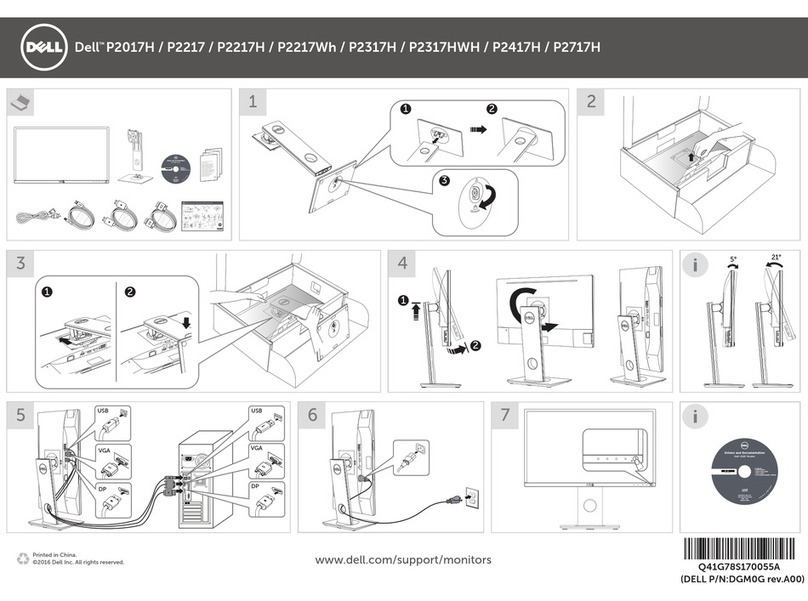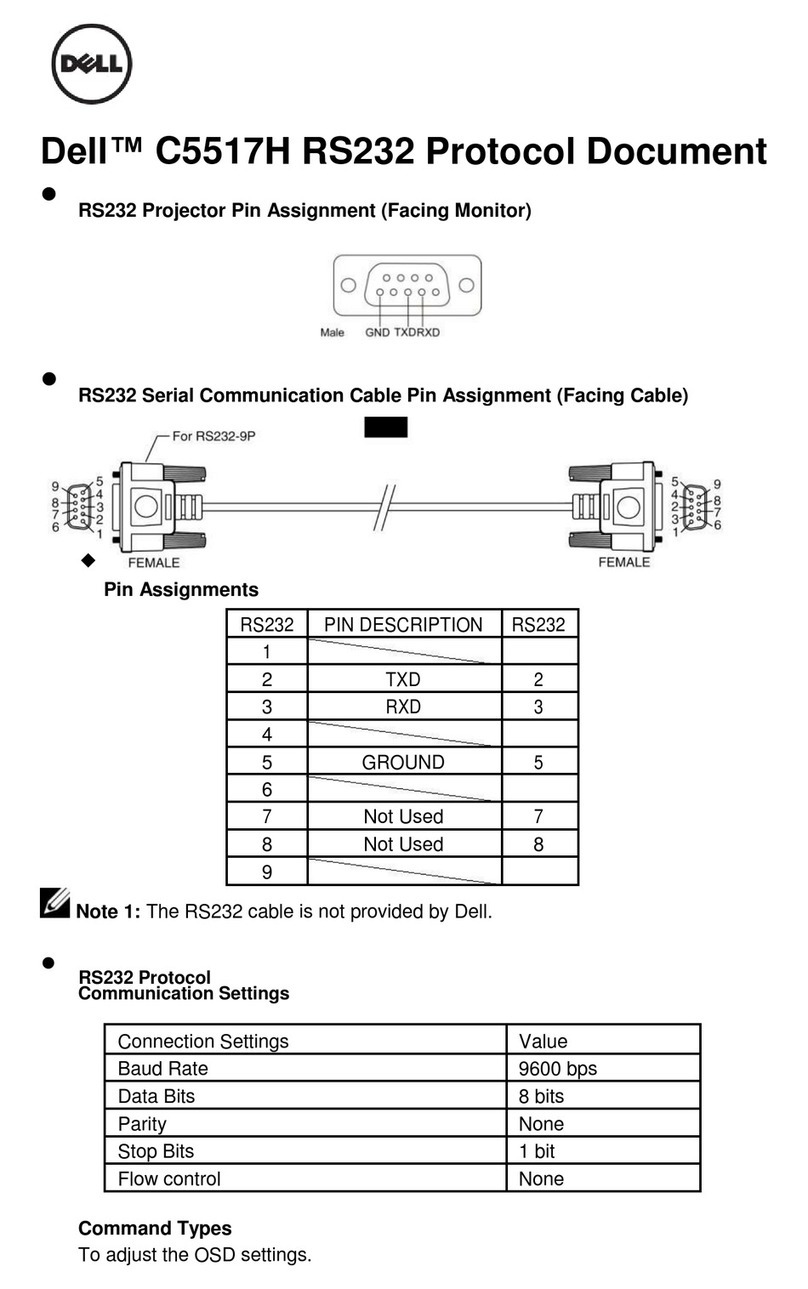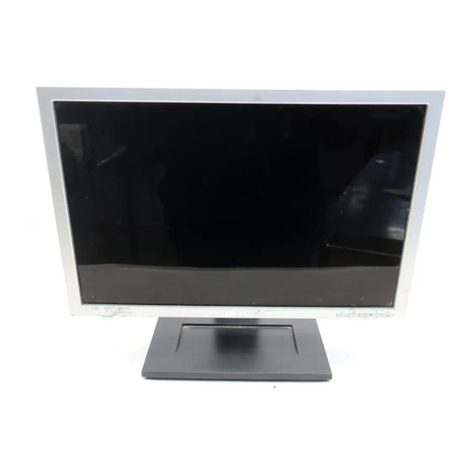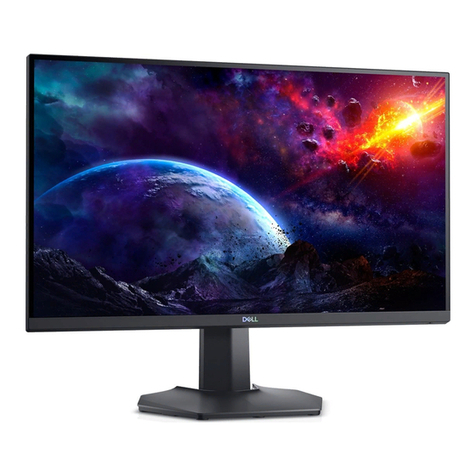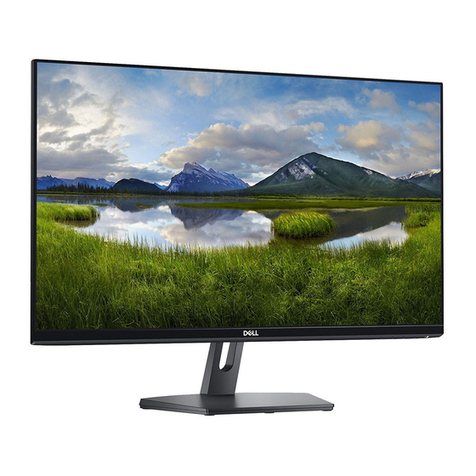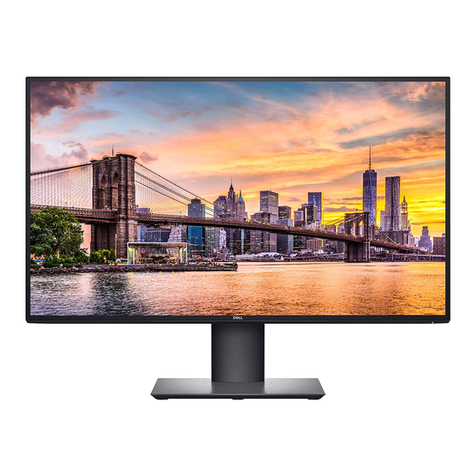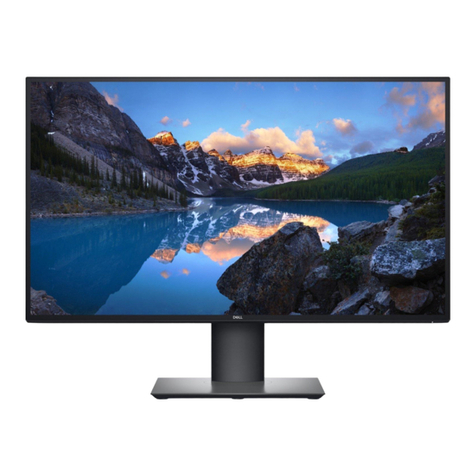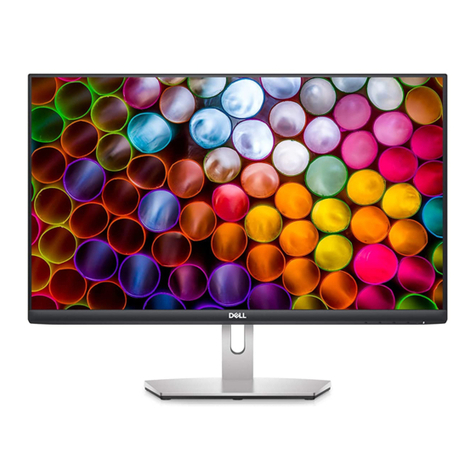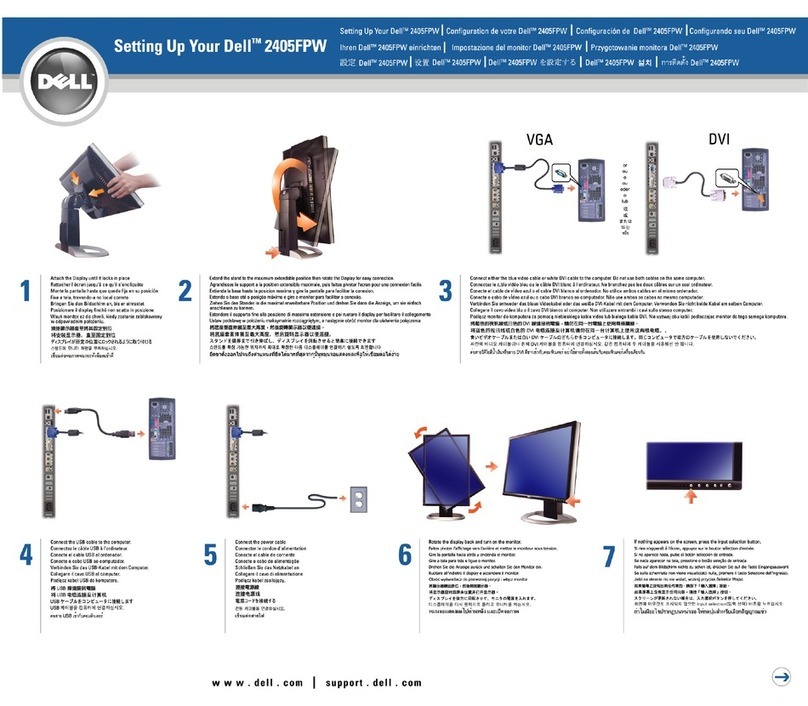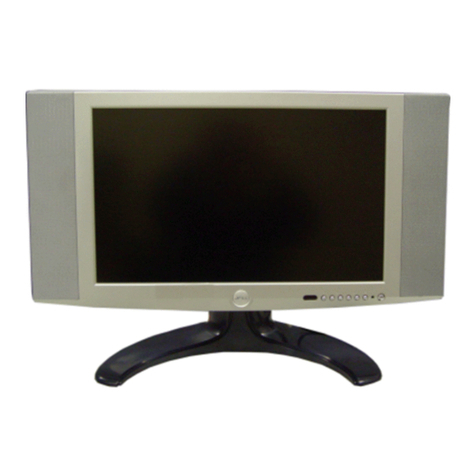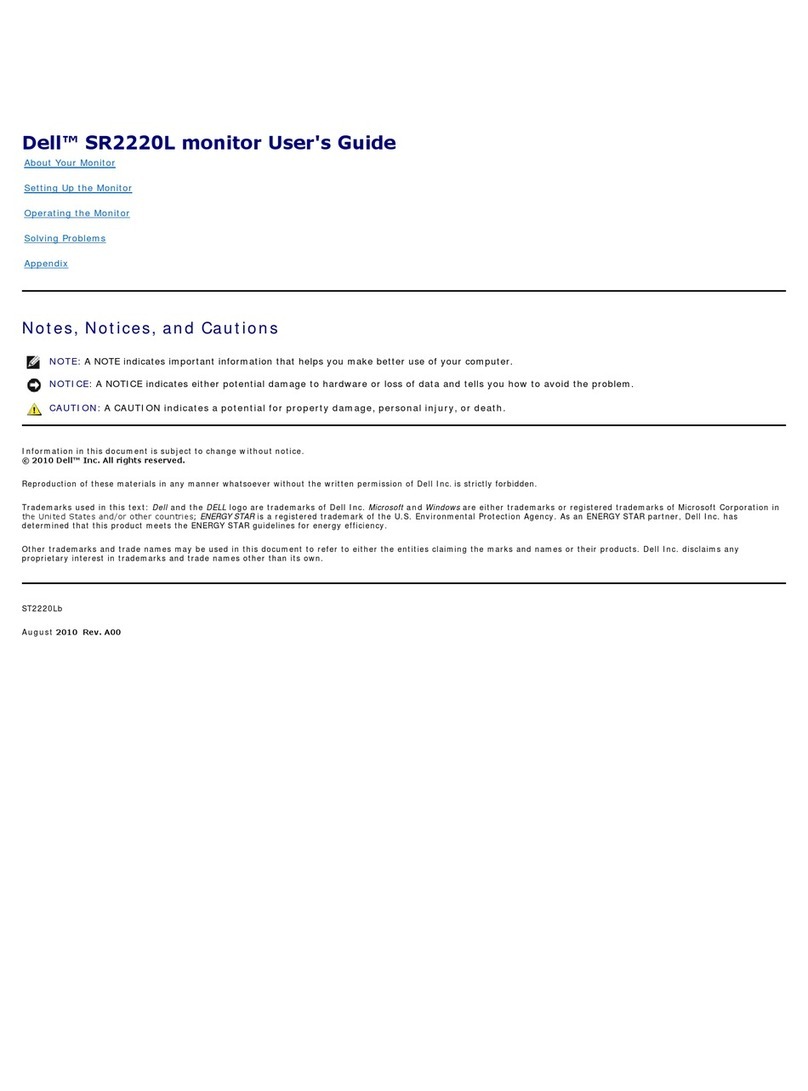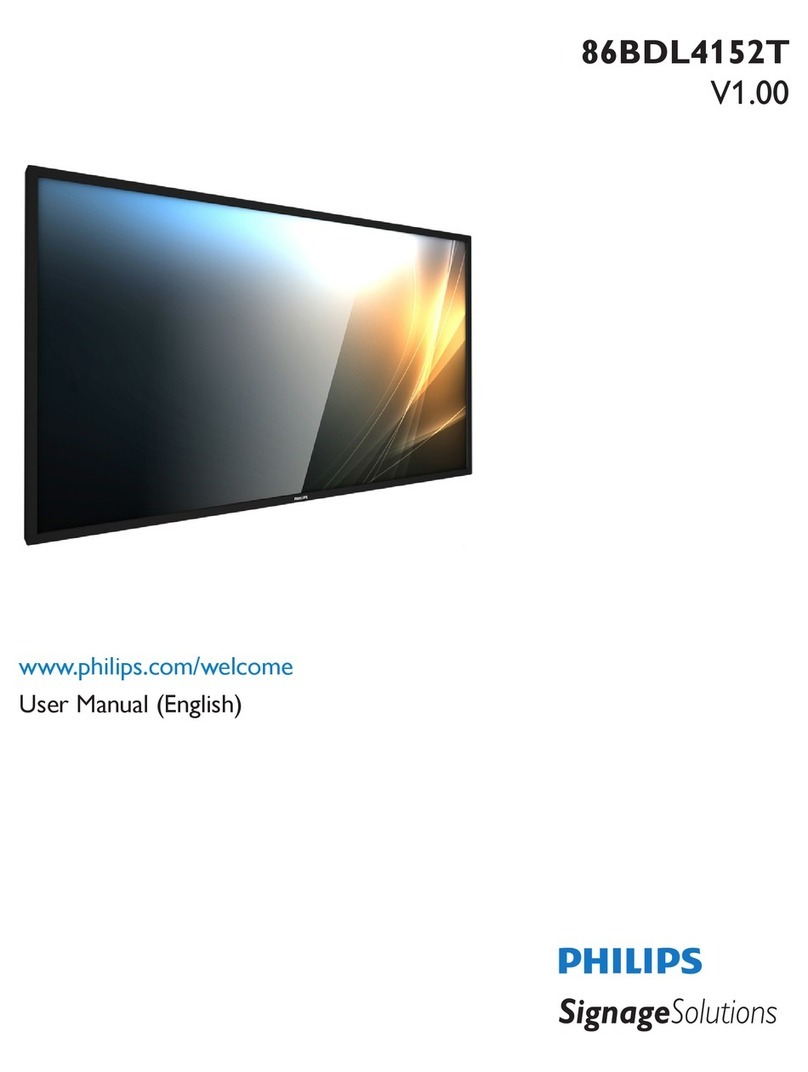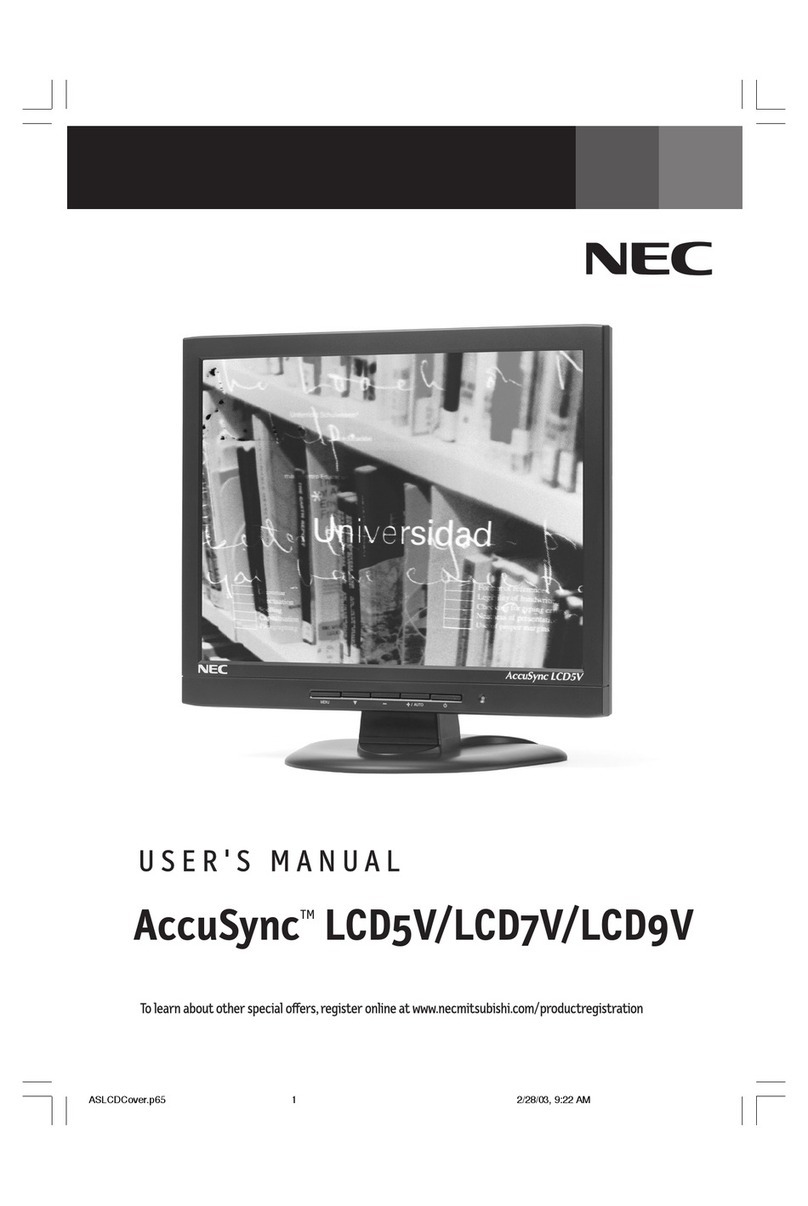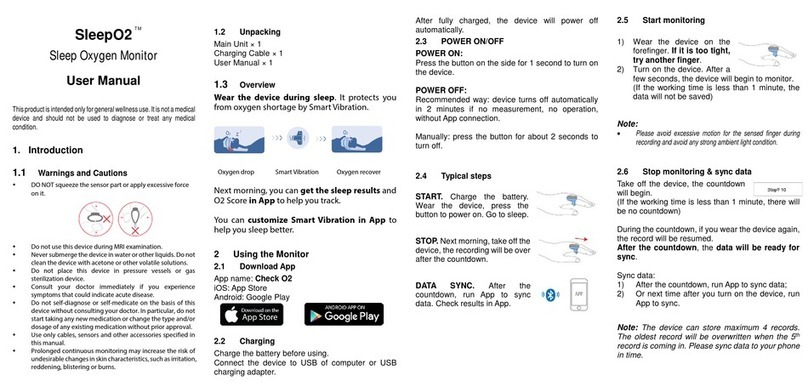Service Manual
2
Table of Contents
CHAPTER 1- PRECAUTIONS & SAFETY NOTICES .............................................................................................................................. 3
1. SAFETY PRECAUTIONS ........................................................................................................................................................ 3
2. PRODUCT SAFETY NOTICE .................................................................................................................................................. 3
3. SERVICE NOTES .................................................................................................................................................................... 3
CHAPTER 2- SERVICE TOOLS & EQUIPMENT REQUIRED ................................................................................................................. 4
CHAPTER 3- CIRCUIT THEORY.............................................................................................................................................................. 5
1. BLOCK DIAGRAM ....................................................................................................................................................................... 5
2. ELECTRONIC CIRCUIT THEORY ................................................................................................................................................... 7
3. FACTORY PRESET TIMING TABLE..................................................................................................................................... 13
4. POWER ON/OFF SEQUENCY..................................................................................................................................................... 13
5. D-SUB CONNECTOR PIN ASSIGNMENT ..................................................................................................................................... 14
6. AC OUTLET PIN ASSIGNMENT .................................................................................................................................................. 14
7. INNER CONNECTOR PIN ASSIGNMENT........................................................................................................................................ 14
8. KEY PARTS PIN ASSIGNMENTS.................................................................................................................................................. 16
CHAPTER 4- DISASSEMBLY & ASSEMBLY ........................................................................................................................................ 21
1. EXPLODED DIAGRAM ............................................................................................................................................................... 21
2. E1709WFPF DISASSEMBLY BLOCK .......................................................................................................................................... 22
3. ASSEMBLY BLOCK ................................................................................................................................................................... 23
CHAPTER 5- TEST AND ADJUSTMENT............................................................................................................................................... 24
1. FUNCTION KEY DEFINITIONS ..................................................................................................................................................... 24
2. OSD CONTROL....................................................................................................................................................................... 24
3. FACTORY MODE INTRODUCTION................................................................................................................................................ 26
4. BURN-IN PATTERN.................................................................................................................................................................... 27
5. AUTO COLOR BALANCE (AUTOMATICALLY CALIBRATE CHIP ADC PARAMETER BY USING CHIP INTERNAL DAC.)................................... 27
6. UPLOAD FIRMWARE TO MCU VIA VGA CABLE ............................................................................................................................ 26
7. AFTER REPAIR,TO ENSURE THE QUALITY YOU SHOULD DO THE FOLLOWING TEST AND ADJUSTMENT. .................................................. 27
CHAPTER 6- TROUBLE SHOOTING..................................................................................................................................................... 30
1. COMMON ACKNOWLEDGE......................................................................................................................................................... 30
2. NO POWER LED OFF .............................................................................................................................................................. 30
3. POWER NORMAL LED AMBER ................................................................................................................................................... 31
4. BACKLIGHT CAN’T BE TURNED ON .............................................................................................................................................. 32
5. NO PICTURE BACKLIGHT ON.................................................................................................................................................... 33
6. AT 32-GRAY SCALE PATTERN,COLOR LOST IN SOME SCALE........................................................................................................... 34
CHAPTER 7- RECOMMENDED PART LIST.......................................................................................................................................... 35
ATTACHMENT 1- BILL OF MATERIAL.................................................................................................................................................. 37
ATTACHMENT 2- SCHEMATIC.............................................................................................................................................................. 47
ATTACHMENT 3- PCB LAYOUT............................................................................................................................................................ 52

